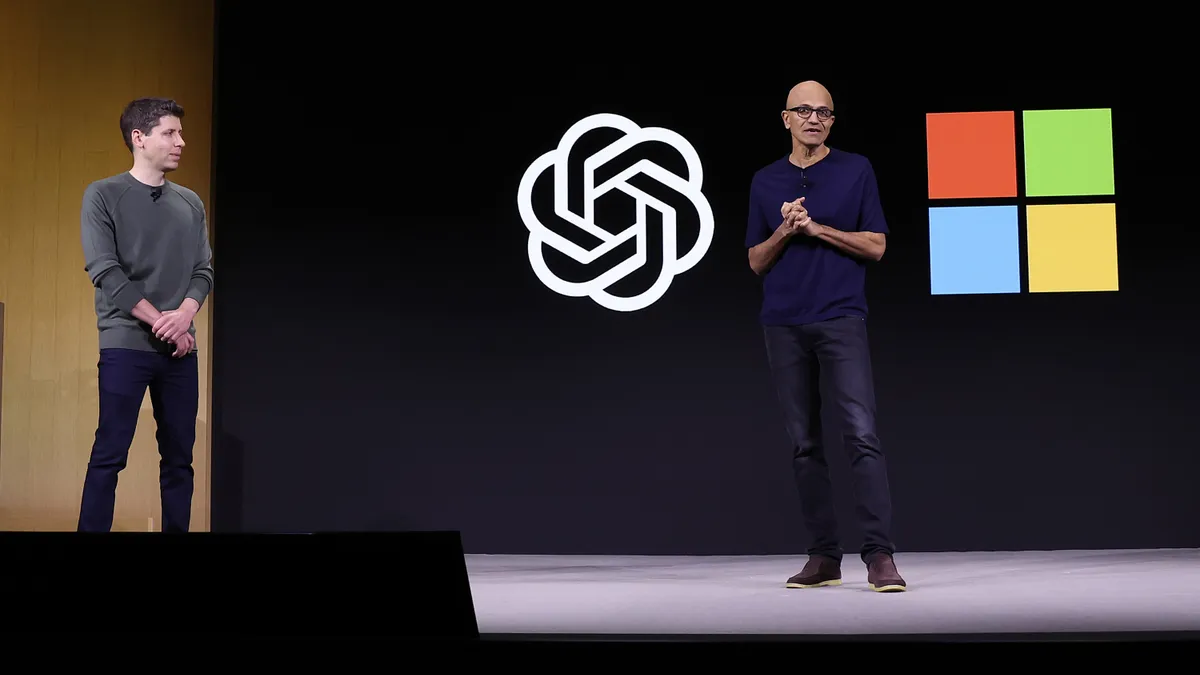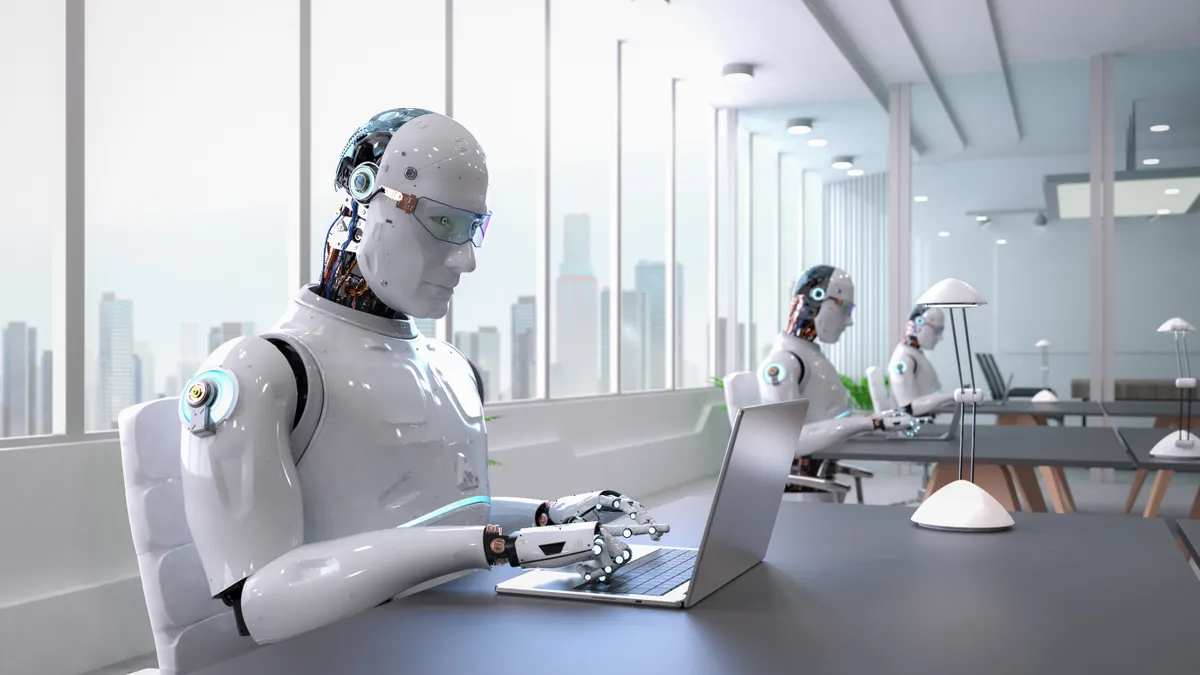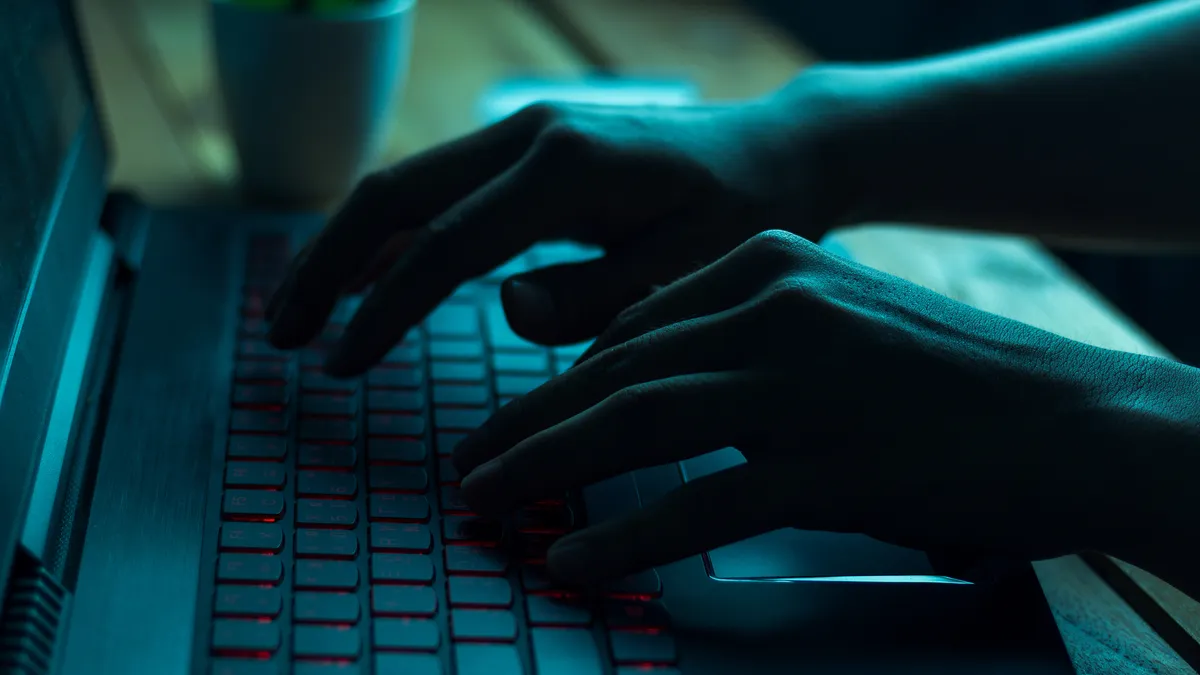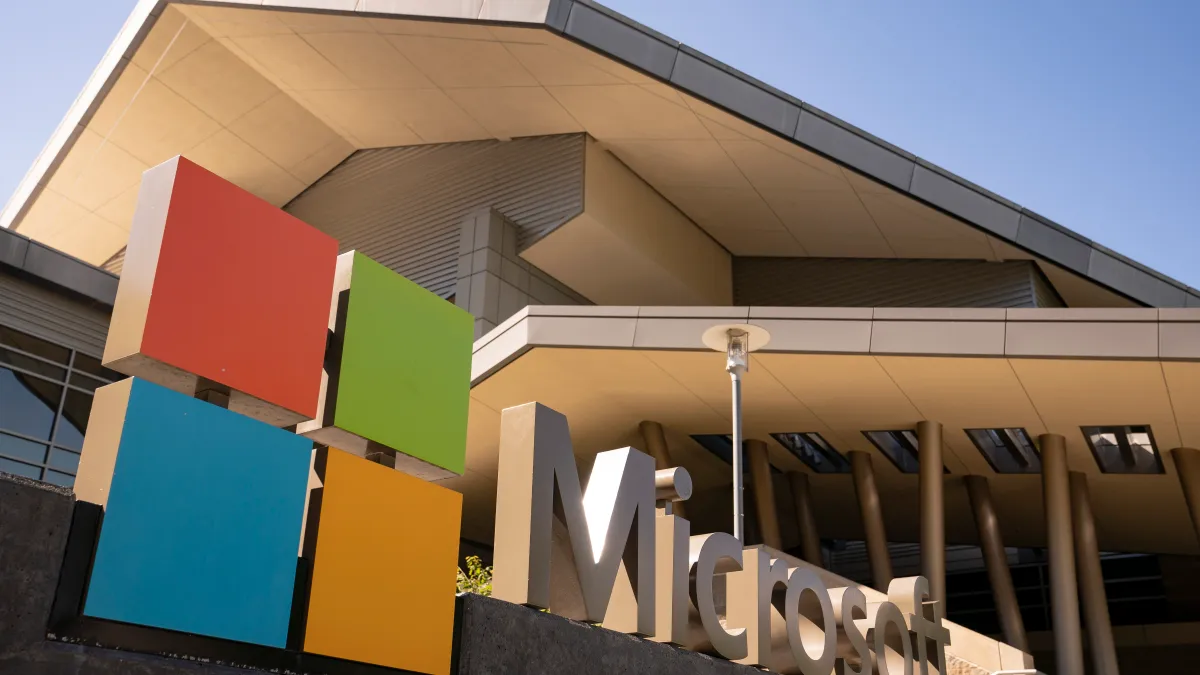It was quite the weekend for OpenAI. With the one-year anniversary of the public introduction to its famed chatbot ChatGPT just days away, OpenAI had lost its CEO, president and other staff members.
Former CEO Sam Altman’s departure ricocheted through the company. President and Co-founder Greg Brockman quit following Friday's news. CTO Mira Murati was initially selected as OpenAI’s interim CEO Friday, but the board appointed Emmett Shear, former CEO of Amazon subsidiary Twitch, as the company’s next interim CEO Monday, Shear announced on X.
Early Monday, Microsoft CEO Satya Nadella said Altman, Brockman and other colleagues will join the tech giant to lead a newly created advanced AI research team, in a statement posted to his social media platforms. Altman will join as CEO of the new entity, which Nadella compared to GitHub or LinkedIn in nature.
We remain committed to our partnership with OpenAI and have confidence in our product roadmap, our ability to continue to innovate with everything we announced at Microsoft Ignite, and in continuing to support our customers and partners. We look forward to getting to know Emmett…
— Satya Nadella (@satyanadella) November 20, 2023
The majority of OpenAI staffers are threatening to quit the company and follow Altman to Microsoft. The decision, they said, hinges on the board resigning, appointing two new lead independent directors and reinstating Altman and Brockman.
Breaking: 505 of 700 employees @OpenAI tell the board to resign. pic.twitter.com/M4D0RX3Q7a
— Kara Swisher (@karaswisher) November 20, 2023
Over the past year, OpenAI has toiled to embed its services and products into enterprise tech stacks, addressing security concerns by introducing enterprise versions of its tool ChatGPT. Business technology leaders jumped at the AI opportunity with hefty investments and widescale implementation plans.
Now, the high-profile experts behind OpenAI will become an extension of Microsoft, a company that already enjoys a dominant enterprise presence. The fate of OpenAI and its signature technology, ChatGPT, remains in question, especially as businesses have a growing host of other generative AI options.
“Altman’s departure from OpenAI, while sudden, does not imply any issues with the underlying technology, models or approach given the information we have today,” Rowan Curran, senior analyst at Forrester, said in an email. All of OpenAI’s systems were operational as of Monday, according to its tracker.
OpenAI’s services are a major pull for enterprises, with 9 in 10 Fortune 500 companies using its products, the company announced in November. The company also tops the list of leading AI-first technology providers, according to research firm Everest Group, which ranked vendors based on overall AI revenue, total funding received, growth in funding during the last two years and market valuation.
But OpenAI’s leadership overhaul introduces a new variable, and businesses are watching to see how it plays out.
“In the near- to mid-term, CIOs would need to know what the new OpenAI stands for, what are its goals and how it plans to engage and provide reliable and agile services to enterprise clients,” Arun Chandrasekaran, distinguished VP, analyst at Gartner, said in an email. “With the news that Sam and Greg are joining Microsoft, it won’t be a surprise to [see] CIOs leaning more so in the Microsoft direction than before."
The instability also serves as a wake-up call for the downsides of going all in on one vendor. While vendor lock-in is a well-documented concern for CIOs, volatility at OpenAI could persuade enterprises to diversify AI purchases.
What's next
The potential mass exodus of employees is not a promising sign for near-term stability at OpenAI. As Murati said, “OpenAI is nothing without its people,” in a statement on X. Many employees echoed the sentiment on the social media platform.
The landscape has changed since OpenAI set off the generative AI wave with ChatGPT and businesses now have the option to look elsewhere for the technology.
CIOs have been inundated with similar tools. Nine in 10 venture capital-backed companies had plans to launch generative AI in their products, according to a June report by Productboard. Nearly two-thirds wanted to do so by the end of this year.
Shear, OpenAI's third CEO in just a few days, said before accepting the job, he inquired about the reasoning behind OpenAI’s leadership change.
“The board did not remove Sam over any specific disagreement on safety, their reasoning was completely different from that,” Shear said on X.
Shear outlined a three-point plan for his first 30 days as interim CEO:
- Hire an independent investigator to look into the company’s process leading up to this point and generate a full report.
- Speak to as many employees, partners, investors and customers as possible.
- Reform the management and leadership team into an effective force to drive results for our customers.
Microsoft is in a potential win-win situation: it is gaining notable employees while maintaining its relationship with OpenAI. But that dynamic could precipitate tension.
“The trick for Microsoft will be navigating its continuing business relationship with OpenAI while harboring its exiled leadership members,” Brian Jackson, principal research director at Info-Tech Research Group, said in an email.
Some analysts think it’s too early to know how it will play out.
“From what we know as of Monday morning, the changes to OpenAI's leadership and potential changes to their organizational structure and talent pool could have significant long-term effects on the company, but the situation is currently too dynamic to say what those effects will be or what the broader consequences for the market are,” Curran said.





















